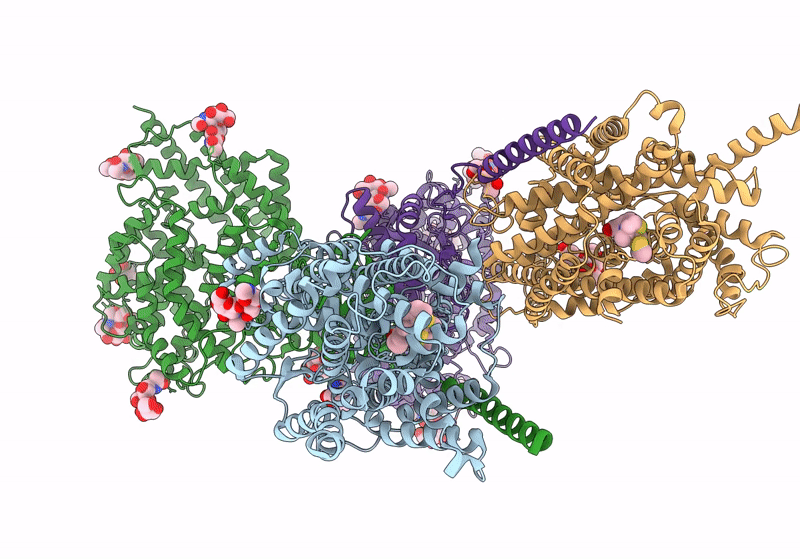
Deposition Date
2023-10-02
Release Date
2024-09-25
Last Version Date
2024-11-20
Entry Detail
PDB ID:
8WM3
Keywords:
Title:
Cryo-EM structure of ACE2-SIT1 complex with tiagabine
Biological Source:
Source Organism:
Homo sapiens (Taxon ID: 9606)
Host Organism:
Method Details:
Experimental Method:
Resolution:
3.34 Å
Aggregation State:
PARTICLE
Reconstruction Method:
SINGLE PARTICLE


